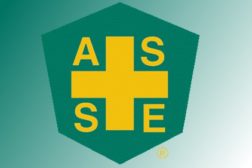Home » Keywords: » risk reduction
Items Tagged with 'risk reduction'
ARTICLES
ASSE’s Professional Safety Journal:
The Challenges in Achieving Perfect Workplace Safety
April 10, 2015
National Safety Council unveils the 2015 CEOs Who “Get It”
Leaders honored for commitment to safety excellence
January 27, 2015
Become a Leader in Safety Culture
Build your knowledge with ISHN, covering key safety, health and industrial hygiene news, products, and trends.
JOIN TODAYCopyright ©2025. All Rights Reserved BNP Media.
Design, CMS, Hosting & Web Development :: ePublishing



